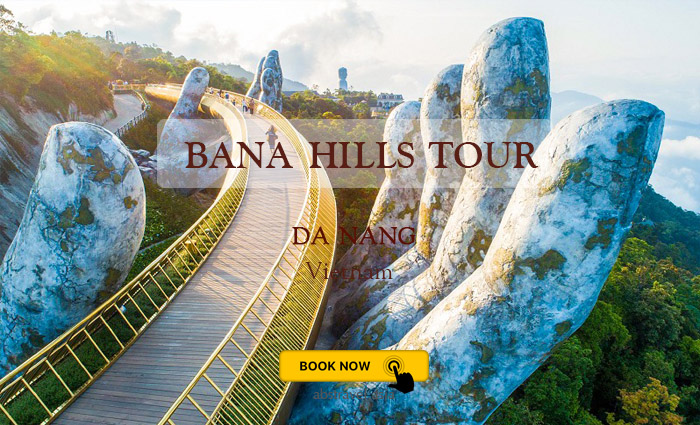Announcing the provisional New 7 Wonders of Nature
Bernard Weber, Founder-President of New7Wonders, announcing the names of the provisional New7Wonders of Nature at New7Wonders headquarters in Zurich, Switzerland
The provisional New7Wonders of Nature are, in alphabetical order: Amazon, Halong Bay, Iguazu Falls, Jeju Island, Komodo, Puerto Princesa Underground River, Table Mountain. Here, Bernard Weber, Founder-President of New7Wonders, announces the names of the provisional New7Wonders of Nature at the New7Wonders headquarters in Zurich, Switzerland.
----------------------------------------------------
Hạ Long Bay (literally: "Descending Dragon Bay"; Vietnamese: Vịnh Hạ Long)is a UNESCO World Heritage Site, and a popular travel destination, located in Quảng Ninh province, Vietnam. Administratively, the bay belongs to Hạ Long City, Cẩm Phả town, and part of Van Don district. The bay features thousands of limestone karsts and isles in various sizes and shapes. Hạ Long Bay is a center of a larger zone which includes Bái Tử Long bay to the northeast, and Cát Bà islands to the southwest. These larger zones share similar geological, geographical, geomorphological, climate, and cultural characters.
Hạ Long Bay has an area of around 1,553 km2, including 1,960 islets, most of which are limestone. The core of the bay has an area of 334 km2 with a high density of 775 islets. The limestone in this bay has gone through 500 million years of formation in different conditions and environments. The evolution of the karst in this bay has taken 20 million years under the impact of the tropical wet climate. The geo-diversity of the environment in the area has created biodiversity, including a tropical evergreen biosystem, oceanic and sea shore biosystem. Hạ Long Bay is home to 14 endemic floral species and 60 endemic faunal species.
Historical research surveys have shown the presence of prehistorical human beings in this area tens of thousands years ago. The successive ancient cultures are the Soi Nhụ culture around 18,000-7000 BC, the Cái Bèo culture 7000-5000 BC and the Hạ Long culture 5,000-3,500 years ago. Hạ Long Bay also marked important events in the history of Vietnam with many artifacts found in Bài Thơ Mout, Đầu Gỗ Cave, Bãi Cháy.
500 years ago, Nguyen Trai praised the beauty of Hạ Long Bay in his verse Lộ nhập Vân Đồn, in which he called it "rock wonder in the sky". In 1962, the Ministry of Culture, Sports and Tourism of Vietnam listed Hạ Long Bay in the National Relics and Landscapes publication. In 1994, the core zone of Hạ Long Bay was listed by UNESCO as a World Heritage Site according to criterion vii, and listed for a second time according to criterion.
System of isles and caves
The bay consists of a dense cluster of over 3,000 limestone monolithic islands (although locals claim there are only 1,969 as this is the year of Ho Chi Minh's death), each topped with thick jungle vegetation, rising spectacularly from the ocean. Several of the islands are hollow, with enormous caves. Hang Đầu Gỗ (Wooden stakes cave) is the largest grotto in the Hạ Long area. French tourists visited in the late 19th century, and named the cave Grotte des Merveilles. Its three large chambers contain large numerous stalactites and stalagmites (as well as 19th century French graffiti). There are two bigger islands, Tuần Châu and Cat Ba, that have permanent inhabitants. Both of them have tourist facilities including hotels and beaches. There are a number of beautiful beaches on the smaller islands.
Some of the islands support floating villages of fishermen, who ply the shallow waters for 200 species of fish and 450 different kinds of mollusks. Many of the islands have acquired their names as a result of interpretation of their unusual shapes. Such names include Voi Islet (elephant), Ga Choi Islet (fighting cock), and Mai Nha Islet (roof). 989 of the islands have been given names. Birds and animals including bantams, antelopes, monkeys, and lizards also live on some of the islands.
Almost all these islands are as individual towers in a classic fenglin landscape with heights from 50m to 100m, and height/width ratios of up to about six.
Another specific feature of Halong Bay is the abundance of lakes inside the limestone islands. For example, Dau Be island has six enclosed lakes. All these island lakes occupy drowned dolines within fengcong karst.
Source: From Wikipedia, the free encyclopedia








0 Comments